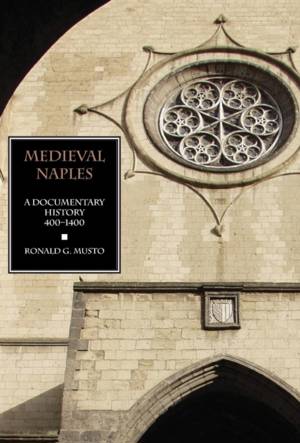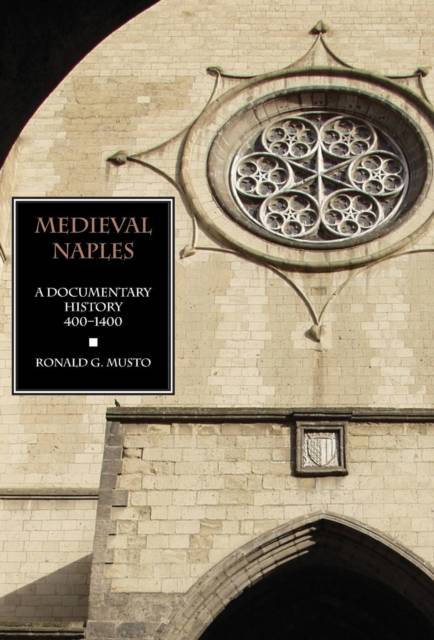
- Retrait gratuit dans votre magasin Club
- 7.000.000 titres dans notre catalogue
- Payer en toute sécurité
- Toujours un magasin près de chez vous
- Retrait gratuit dans votre magasin Club
- 7.000.0000 titres dans notre catalogue
- Payer en toute sécurité
- Toujours un magasin près de chez vous
Description
This is the first comprehensive English-language collection of sources yet to treat the city of Naples from late antiquity to the beginning of the Renaissance. Sources are drawn from its historical, economic, literary, artistic, religious and cultural life from the fall of Rome through the Byzantine, ducal, Norman, Hohenstaufen and Angevin periods. The Introduction offers a comprehensive survey of the periods covered, with a discussion of the historiography and of important research and interpretive issues. These include the material development of the city from late antiquity through the end of the Angevin period, the condition and use of the available primary sources and archaeological evidence, with particular attention given to the wide variety of recent excavations and of archival materials, the question of the ruralization and recovery of its urban core through the little known ducal period, Naples' importance as a commercial and political capital, its developing economic and material base, and the issue of its relationship to its hinterland on the one hand and to broader Mediterranean contexts on the other. It also surveys changes in Naples' urban plan, its walls, fortifications and port and its commercial and residential development. For the later Middle Ages, Musto traces Naples' intellectual life and the complex historiography of what he terms the "black legend of the Angevins" and its continued impact on perceptions of Naples and the Italian South. Documents include chronicles and histories; archival materials, accounts, financial and commercial records, contracts, wills, notarial and legislative documents; poetry, romances, biographies, letters, travelers' accounts and legends; liturgical and hagiographical texts; as well as examples of manuscript production and illustration, painting and architecture. 460 pages. Preface, introduction, notes and bibliography; appendices, including the Tavola Strozzi with key, Map of Medieval Naples with thumbnail key; index. 82 readings, 74 b&w figures, plus 60 thumbnail images. Links to online resources from A Documentary History of Naples, including image galleries with over 460 additional images in full color; and to full bibliographies with ongoing supplements.
Spécifications
Parties prenantes
- Auteur(s) :
- Editeur:
Contenu
- Nombre de pages :
- 462
- Langue:
- Anglais
- Collection :
Caractéristiques
- EAN:
- 9781599102474
- Date de parution :
- 21-01-13
- Format:
- Livre relié
- Format numérique:
- Genaaid
- Dimensions :
- 140 mm x 216 mm
- Poids :
- 721 g

Les avis
Nous publions uniquement les avis qui respectent les conditions requises. Consultez nos conditions pour les avis.






